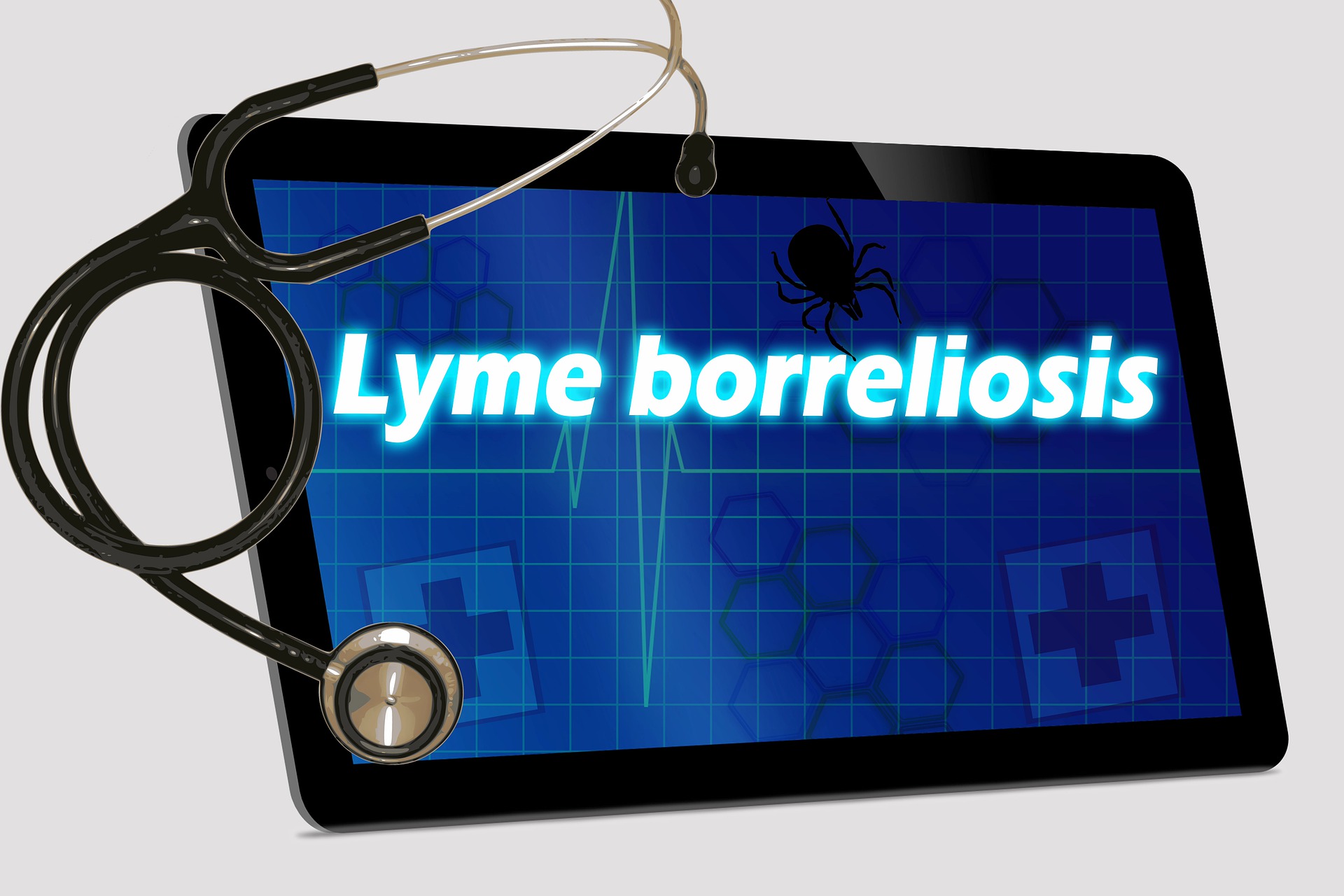
SHARE THIS ARTICLE:
Persistence of Lyme Disease Due to Antimicrobial Tolerance?
 In this mini review article, researchers examine the important and potential role of antibiotic tolerance/persistence in Borrelia spp. (Lyme disease bacteria) and Post treatment Lyme Disease Syndrome (PTLDS). Many hypotheses have been proposed and studies have been conducted to attempt to determine the potential causes of persistent Lyme disease or PTLDS. Studies have examined autoimmunity, cross-reactivity, molecular mimicry, coinfections, and Borrelia tolerance/persistence to many antimicrobials.
In this mini review article, researchers examine the important and potential role of antibiotic tolerance/persistence in Borrelia spp. (Lyme disease bacteria) and Post treatment Lyme Disease Syndrome (PTLDS). Many hypotheses have been proposed and studies have been conducted to attempt to determine the potential causes of persistent Lyme disease or PTLDS. Studies have examined autoimmunity, cross-reactivity, molecular mimicry, coinfections, and Borrelia tolerance/persistence to many antimicrobials.
Several studies have shown that B. burgdorferi becomes tolerant to antimicrobials and may persist in both animals and humans after exposure to the currently recommended antimicrobial treatment. This response has been observed clinically in patients through both in vitro studies as well as studies conducted in both laboratory mice and nonhuman primates.
This antibiotic persistence/tolerance has also been documented in clinical reports describing efficacy of repeated and extended antimicrobial treatment that resolve some cases of Lyme arthritis and improve other symptoms in some patients. These findings in humans, although not definitive, are consistent with observations found in animal models (mice and non-human primates) as well as a wide range of in vitro studies.
B. burgdorferi is also pleomorphic (able to assume different forms) and has the ability to generate viable, nonculturable bacteria, providing further evidence of antimicrobial tolerance. Authors suggest that the multiple regulatory pathways and structural genes including “the stringent (rel and dksA) and host adaptation (rpoS) responses, sugar metabolism (glpD), and polypeptide transporters (opp)” may be influencing tolerance/persistence of bacteria. Authors suggest that clinical studies may help illuminate how bacterial antibacterial tolerance/persistence plays a role in the development of Lyme disease/PTLDS by applying this new knowledge to future studies.
Read full text article here
Read additional LDA articles on persistent Lyme disease here





